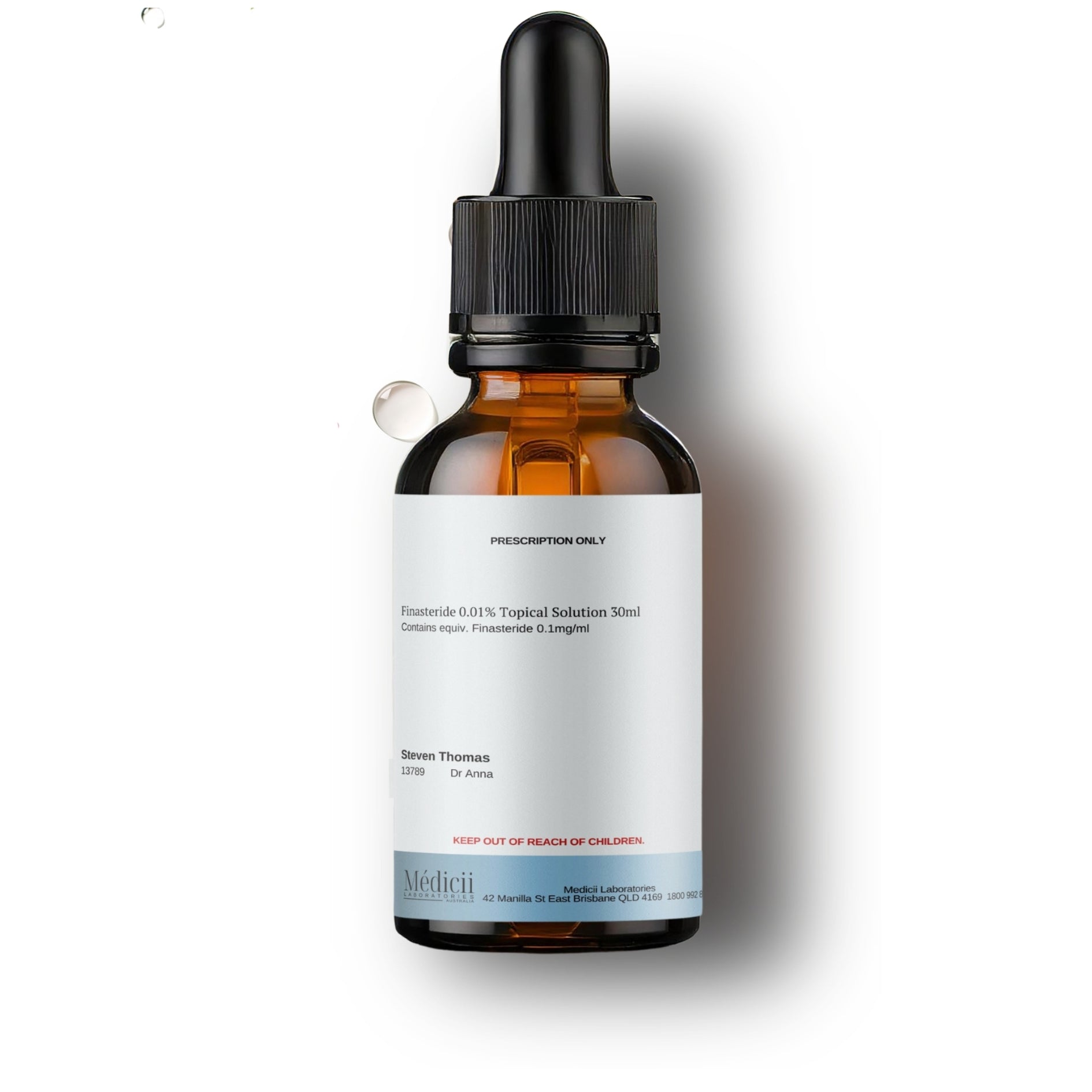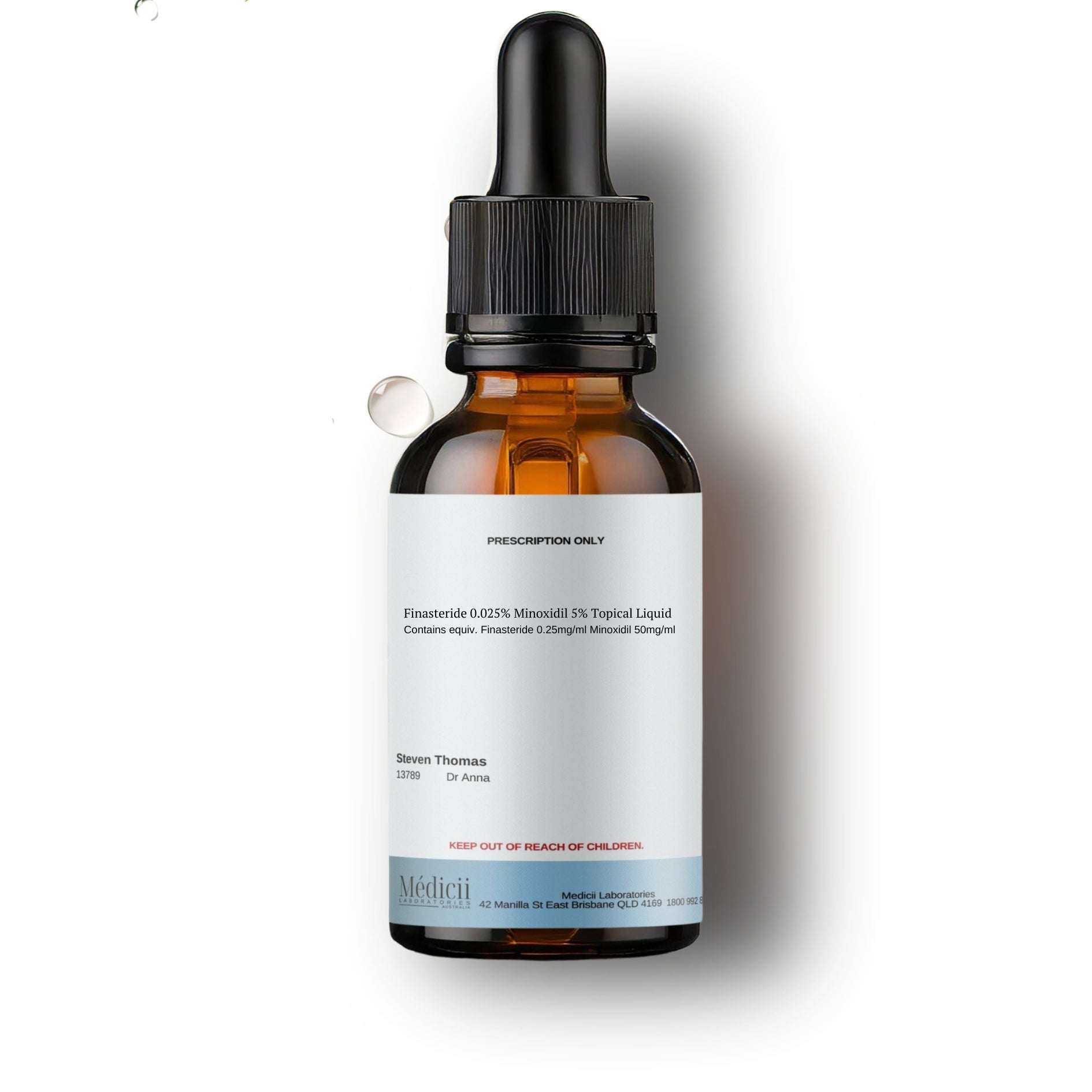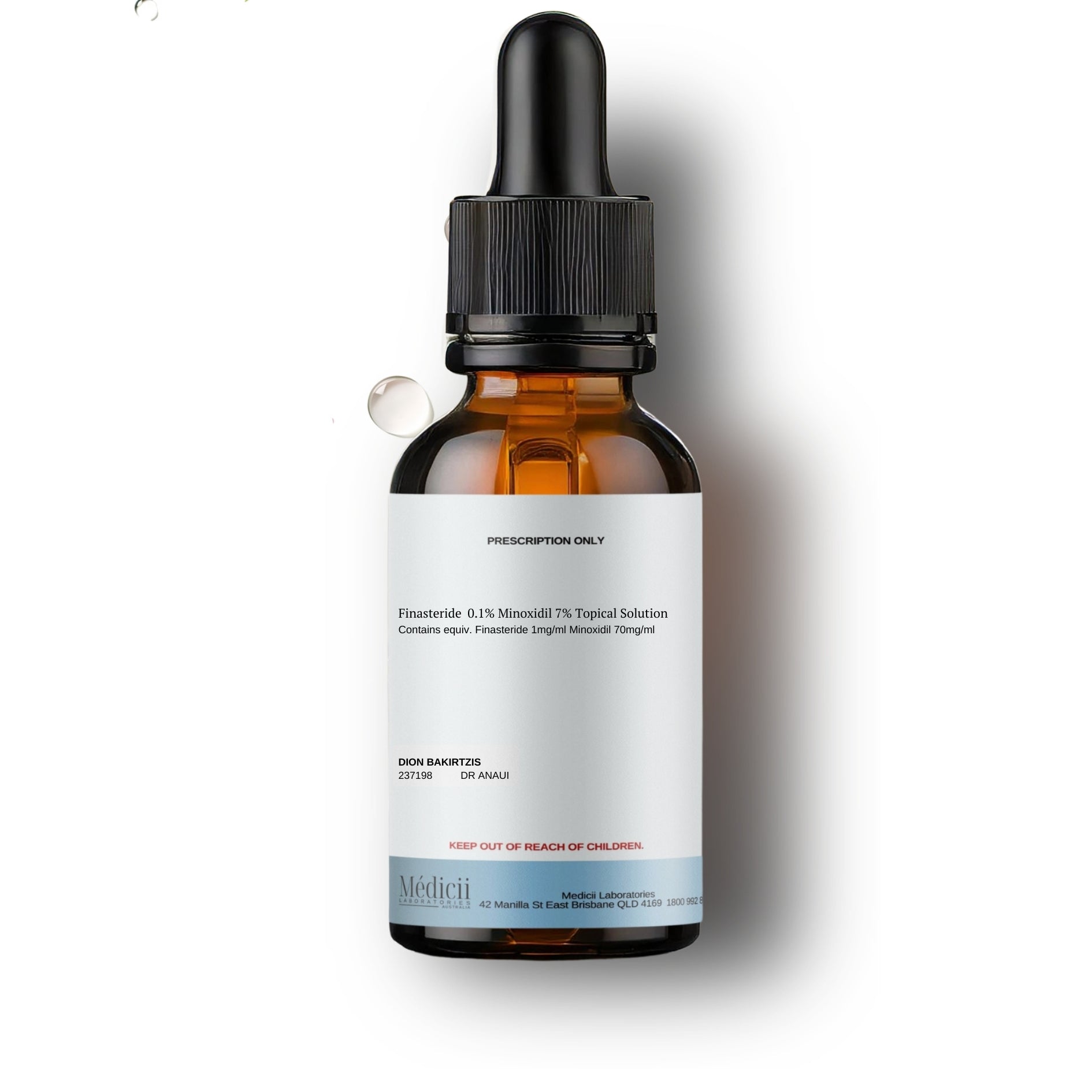
Keratosis pilaris causes and treatment cream
What is Keratosis Pilaris? Keratosis Pilaris is a skin condition that presents as tiny red or white bumps, commonly found on the back of the upper arms. They are usually painless and do not cause any symptoms. Due to their small red and white bumpy appearance,
Keratosis Pilaris is also commonly known as "chicken skin" or "strawberry skin". Keratosis pilaris is caused by the buildup of keratin; a hard protein found in skin, hair and nail. The keratin blocks the opening of hair follicles, causing patches of rough, bumpy skin. It affects nearly 50-80% of all adolescents and approximately 40% of adults.
Keratosis Pilaris affects commonly the upper arms (92%), thighs (59%) and buttocks (30%), but can also occur in other areas. In teens and children, it is usually found on the cheeks and can be mistaken for acne. Figure 1 (below): keratosis pilaris on the back of arms.

What causes Keratosis Pilaris?
It is not clear what causes Keratosis Pilaris and why keratin builds up in some individuals. Studies suggest there is a genetic link involved. Dry skin tends to make Keratosis Pilaris worse and therefore people who suffer from Keratosis Pilaris may find their condition worsens during the winter months. There is some evidence that Keratosis Pilaris is associated with a deficiency in Vitamin A and Omega-3-fatty acids.
Some studies suggest a diet high in gluten may also be a contributing factor. However, more studies are required in this area.
How to treat Keratosis Pilaris at home
There is no single home remedy for keratosis pilaris unless you opt to make your own glycolic acid solution (which we do not recommend). The most cost effective method to treat and prevent Keratosis Pilaris is to engage in daily light exfoliation in the shower followed by a Urea and exfoliating cream.
Topical Creams and Lotions for Keratosis Pilaris
There is no cure for Keratosis Pilaris and it can disappear altogether suddenly. Exfoliation can help reduce the appearance of bumpy skin but it is not effective on its own. It must be combined with a daily topical application with one or more of the following ingredients to increase skin cell turnover:
• Glycolic acid (naturally derived from sugar cane)
• Bromelain (exfoliating enzyme found in Pineapples)
• Retinoids (Vitamin A derivatives)
• Salicylic acid (naturally derived from willow bark tree)
• Urea
• Lactic Acid If you suffer from extremely dry skin, choose body moisturisers which are high in Urea and Lactic Acid (a minimum concentration of 10% is best).
Generally, creams are better for dry/winter months whereas lotions are more pleasant to use during the summer months. For those who are not pregnant, opt for body moisturisers with a Retinoid. For pregnant women affected by keratosis pilaris, products with Glycolic Acid or Bromelain are safer options.
Author: Helen Huynh (B.Pharm) MPS
References:
1. "Keratosis Pilaris". Journal of US Pharmacist. April 14, 2008
2. American Academy of Dermatology Association. (2022) "Keratosis Pilaris: Diagnosis and Treatment." Online Access: https://www.aad.org/public/diseases/a-z/keratosis-pilaris-treatment
3. Burkhart, A (2020). "Gluten and Keratosis Pilaris aka Chicken Skin." Integrative Medicine & Gut Health. Online Access: https://theceliacmd.com/gluten-and-keratosis-pilaris-chicken-skin/












